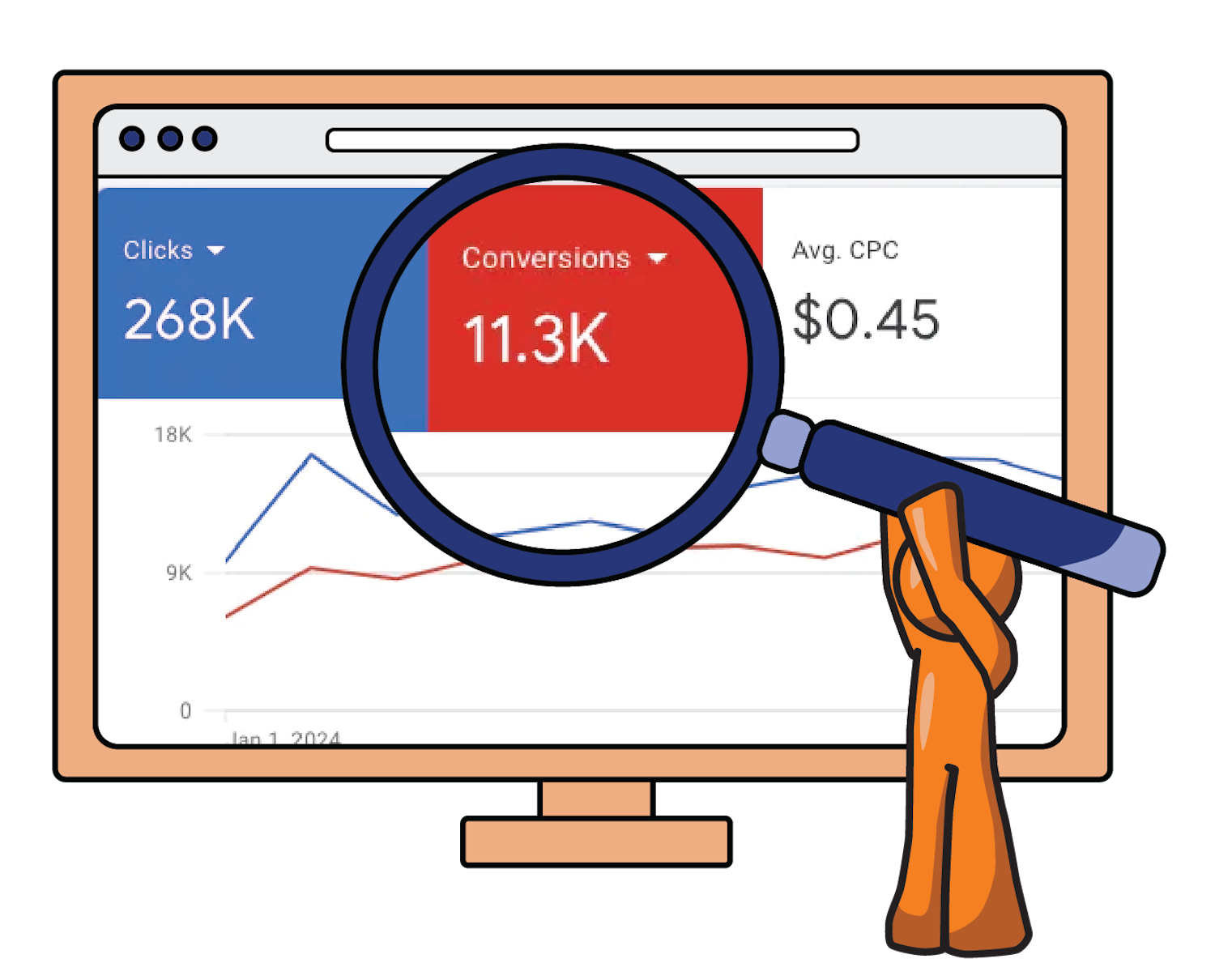Google Ads is in a transition, and while this may initially feel unsettling for PPC ad managers, it’s important to remember that this change is designed to enhance our strategies. The world of Performance Max (PMax) campaigns is an AI and ML-driven approach, promising greater efficiency and results.
This world requires a great deal of trust. With PMax, we provide Google with assets and data; users provide the data through behavior and signals, and Google pulls information about behaviors from all over. AI optimizes the campaigns in ways that are challenging to comprehend.
This is challenging partly because of the opaque nature of the PMax campaigns. Google will adjust bids, create ads in real time, and select placements without managers seeing any detail. Even when the campaigns meet or exceed the goals, we are troubled by our lack of knowing how.
PMax Needs Data
The power of AI lies in its ability to sift through vast volumes of data and establish connections at a scale that surpasses our traditional ‘if-then’ logic. AI/ML continually assimilates data, identifying patterns and enhancing performance. This underscores the importance of our campaigns acquiring as much information as possible, a crucial step in the PMax journey.
How We Siphon Data From PMax Campaigns
Campaign managers are used to tactical actions, and it is tempting to maintain tactical control of some aspects of the Google Ads campaigns. Whether keeping a pure search campaign going, creating multiple PMax campaigns to segment messaging, or creating several asset groups, having some level of tactical control is common.
However, each separate campaign isolates data, removing it from the aggregate data collection that helps AI improve campaign performance.
There are legitimate reasons to create different campaigns. As managers, it is important to ensure each campaign serves a unique purpose—every campaign siphons activity (data) from the PMax campaign. Reducing the number of campaigns should help the overall account performance.
If unique campaigns are maintained, consider applying portfolio management. This allows Google to optimize budgets across campaigns.
The PMax Journey
A common strategy (broadly speaking) is to segment campaigns into prospecting (people who have never been to your site or searched your brand) and remarketing (messaging people who have visited your site or provided their information). For manually managed campaigns, this makes sense. Gaining the first visit and guiding a person through the lower funnel require different messaging.
But, when we do this manually, we are guessing at budget allocation and optimal cost per action.
A PMax campaign monitors users throughout the journey and optimizes their experience at each step. Ads are created in real-time and targeted for context/placement and the person’s journey process. AI adjusts the bids across the Google ecosystem to maximize the end result.
So, while we may manually create a prospecting campaign that gets the most users to our site (let’s say), AI can identify those most likely to convert and adjust the bid accordingly. Rather than getting 100 visitors for $1 each, the AI may find the best ten prospects and pay $10 each—a classic case of quality over quantity.
However, the PMax campaign must see the entire conversion journey to gather the right data. If we siphon prospecting data from remarketing data, the PMax campaign cannot make the connections. It essentially mirrors your manual optimization.
Steps To Moving to PMax
Google Ads provides many tools to help ad programs move to PMax. Some convert existing campaigns, others implement experiments, and others make it easy to build a PMax campaign from scratch.
Before implementing new PMax campaigns, consider the scope of existing campaigns in the account. The more campaigns running, the less data the PMax campaign can receive. So, start scaling back if there are many campaigns.
Setting goals will help determine which campaigns can be shut down and is necessary to establish a PMax campaign. You can target several types of goals, from CPA to Max value to ROAS, even max traffic. The more data you can feed back to Google, the more successful your campaign will be.
There are technical aspects to implementing PMax outlined in Google Ads as you implement the program. Follow the steps they show, and you should be good.
So, are you starving your PMax campaign? If you are just starting one, will you feed it enough data? Keep your PMax campaigns healthy with a steady flow of data and assets to leverage what AI/ML can do.
